Introduction
Silkworm pupae, often overlooked in Western cuisine, are a nutritious and protein-rich delicacy enjoyed in many parts of Asia, particularly in China, Korea, and Vietnam. These tiny, edible insects offer a unique flavor and texture that can be an exciting addition to adventurous eaters’ diets. While the idea of consuming insects might be daunting for some, silkworm pupae are actually quite mild in taste and can be prepared in various ways, one of the simplest being boiled.
Boiling silkworm pupae not only preserves their natural nutrients but also makes them easier to digest. This cooking method is straightforward and requires minimal ingredients and equipment, making it an accessible choice for both home cooks and culinary enthusiasts. In this comprehensive guide, we will walk you through the entire process of how to cook boiled silkworm pupae, from sourcing and preparing the pupae to cooking and serving them. We’ll also discuss the nutritional benefits, potential health concerns, and cultural significance of this unique food item.
Section 1: Sourcing and Selecting Silkworm Pupae
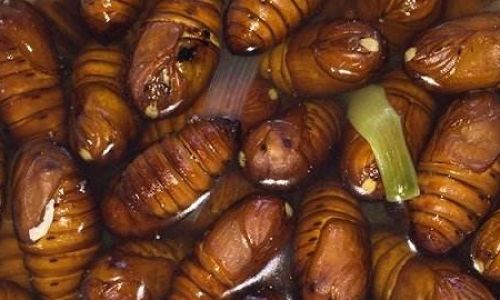
Before you can begin cooking, you need to obtain high-quality silkworm pupae. Here are some tips on sourcing and selecting the best pupae:
-
Reputable Suppliers: Look for suppliers who specialize in edible insects and have a good reputation. Online marketplaces, specialty food stores, and local farmers’ markets may carry silkworm pupae.
-
Freshness: Ensure the pupae are fresh. They should have a slightly glossy appearance and firm texture. Avoid pupae that look dried out, discolored, or have an unpleasant odor.
-
Origin: If possible, choose pupae that are organically farmed and free from pesticides and other chemicals. This ensures they are as nutritious and safe to eat as possible.
-
Quantity: Decide how many pupae you need based on the number of servings you plan to prepare. Silkworm pupae can be quite filling, so a small amount can go a long way.
Section 2: Preparation Before Cooking
Once you have your silkworm pupae, there are a few steps you need to take before boiling them:
-
Rinsing: Place the pupae in a colander and rinse them under cold running water. This removes any dirt, debris, or residual silk threads that may be attached.
-
Soaking (Optional): Some recipes recommend soaking the pupae in water for a few hours to soften them. However, this step is optional and depends on your personal preference for texture.
-
Inspection: Carefully inspect each pupa to ensure there are no visible signs of mold, insects, or other contaminants. Discard any pupae that do not meet your quality standards.
Section 3: Boiling Silkworm Pupae
Now, it’s time to cook your silkworm pupae. Here’s a step-by-step guide to boiling them perfectly:
-
Boiling Water: Fill a large pot with enough water to fully submerge the pupae. Bring the water to a rolling boil over high heat.
-
Adding Seasonings (Optional): If you want to flavor your pupae, you can add a few seasonings to the boiling water. Common choices include salt, ginger slices, garlic cloves, or even a splash of soy sauce. Keep in mind that the pupae themselves have a subtle flavor, so strong seasonings can overpower them.
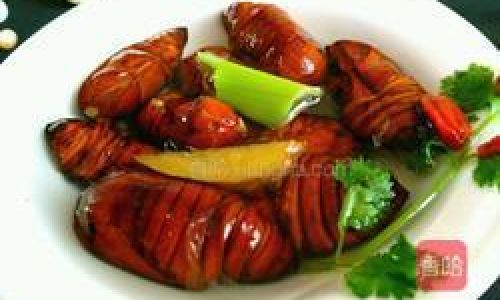
-
Adding Pupae: Carefully drop the rinsed and inspected pupae into the boiling water. Use a spoon or tongs to avoid burning yourself.
-
Cooking Time: Reduce the heat to medium-high and let the pupae simmer. The cooking time can vary depending on the size and freshness of the pupae, but generally, they should be cooked for about 5-10 minutes. The pupae will turn a slightly paler color and float to the surface when they are done.
-
Testing for Doneness: To check if the pupae are cooked through, remove one with a spoon and let it cool slightly. Carefully peel away the outer shell and inspect the interior. It should be firm but tender, with no raw-looking patches.
-
Draining: Once the pupae are cooked, use a slotted spoon to transfer them to a colander to drain off any excess water. Let them cool for a few minutes before handling.
Section 4: Serving and Eating Boiled Silkworm Pupae
Boiled silkworm pupae can be enjoyed in various ways, depending on your taste preferences and cultural background. Here are some serving suggestions:
-
Plain: Simply serve the pupae as a snack or appetizer on their own. Their mild flavor and chewy texture can be quite enjoyable on their own.
-
With Dipping Sauce: Create a dipping sauce with soy sauce, sesame oil, garlic, and chili flakes. This adds a burst of flavor to each bite.
-
In Salads: Incorporate the pupae into mixed greens, vegetables, and a light dressing for a unique and protein-packed salad.
-
Stir-Fries: Add cooked pupae to stir-fries with vegetables, tofu, or meat for a nutritious and filling meal.
-
Soups and Stews: Use the pupae as a protein source in soups and stews, adding texture and depth to the dish.
Section 5: Nutritional Benefits and Health Considerations
Silkworm pupae are a nutrient-dense food that offers several health benefits:
-
High in Protein: They are an excellent source of high-quality protein, making them ideal for athletes, bodybuilders, and anyone looking to increase their protein intake.
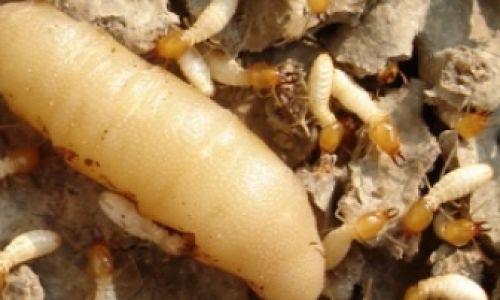
-
Rich in Essential Fatty Acids: The pupae contain healthy fats, including omega-3 and omega-6 fatty acids, which are beneficial for heart health and brain function.
-
Minerals and Vitamins: They provide essential minerals like calcium, iron, and zinc, as well as vitamins B and E, which support overall health and well-being.
Despite their nutritional benefits, there are some health considerations to be aware of:
-
Allergies: Like any new food, introduce silkworm pupae gradually to avoid potential allergic reactions. If you have a known allergy to insects or shellfish, it’s best to avoid them.
-
Cholesterol: While silkworm pupae are high in protein, they also contain cholesterol. Those with high cholesterol levels or heart disease should consume them in moderation.
-
Sourcing: Ensure your pupae come from a reliable source to minimize the risk of contamination with harmful bacteria, pesticides, or other toxins.
Section 6: Cultural Significance and Varied Preparations
Silkworm pupae hold significant cultural and historical importance in many Asian countries. In China, they are considered a delicacy and are often served during festivals and special occasions. In Vietnam, they are a popular street food, often grilled or stir-fried with vegetables. Korea has its own unique preparations, including using pupae in traditional dishes like bibimbap and kimchi.
Beyond boiling, silkworm pupae can be prepared in numerous ways, reflecting the diverse culinary traditions of Asia. Grilling, frying, steaming, and even incorporating them into desserts are just a few examples of how this versatile ingredient can be enjoyed.
Conclusion
Boiling silkworm pupae is a simple yet delicious way to explore this unique and nutritious food item. By following the steps outlined in this guide, you can prepare tender, flavorful pupae that are perfect for a variety of dishes. Whether you’re an adventurous foodie or just looking to incorporate more protein into your diet, silkworm pupae offer a fascinating and sustainable culinary option. So, why not give them a try and discover the world of edible insects for yourself?
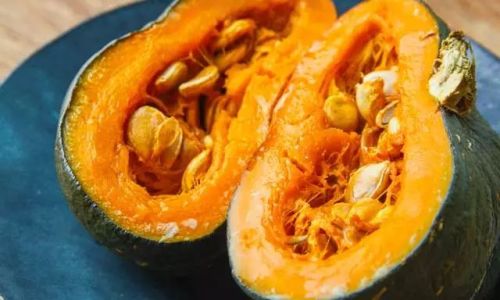
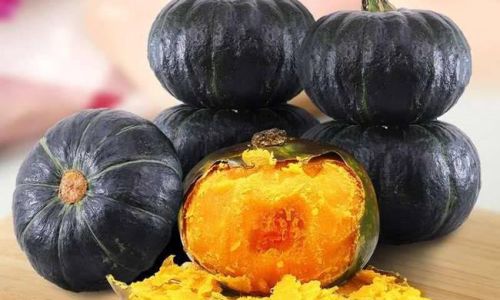
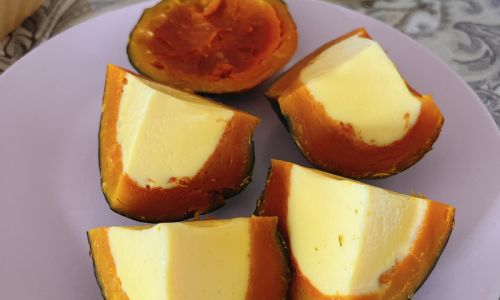
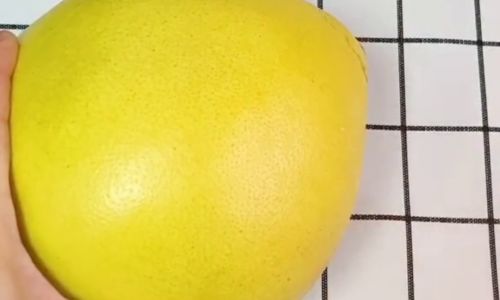
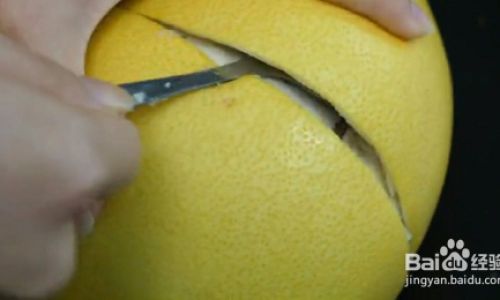
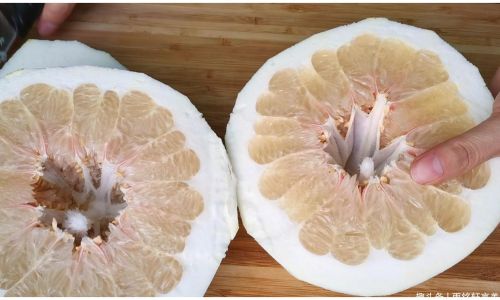
0 comments